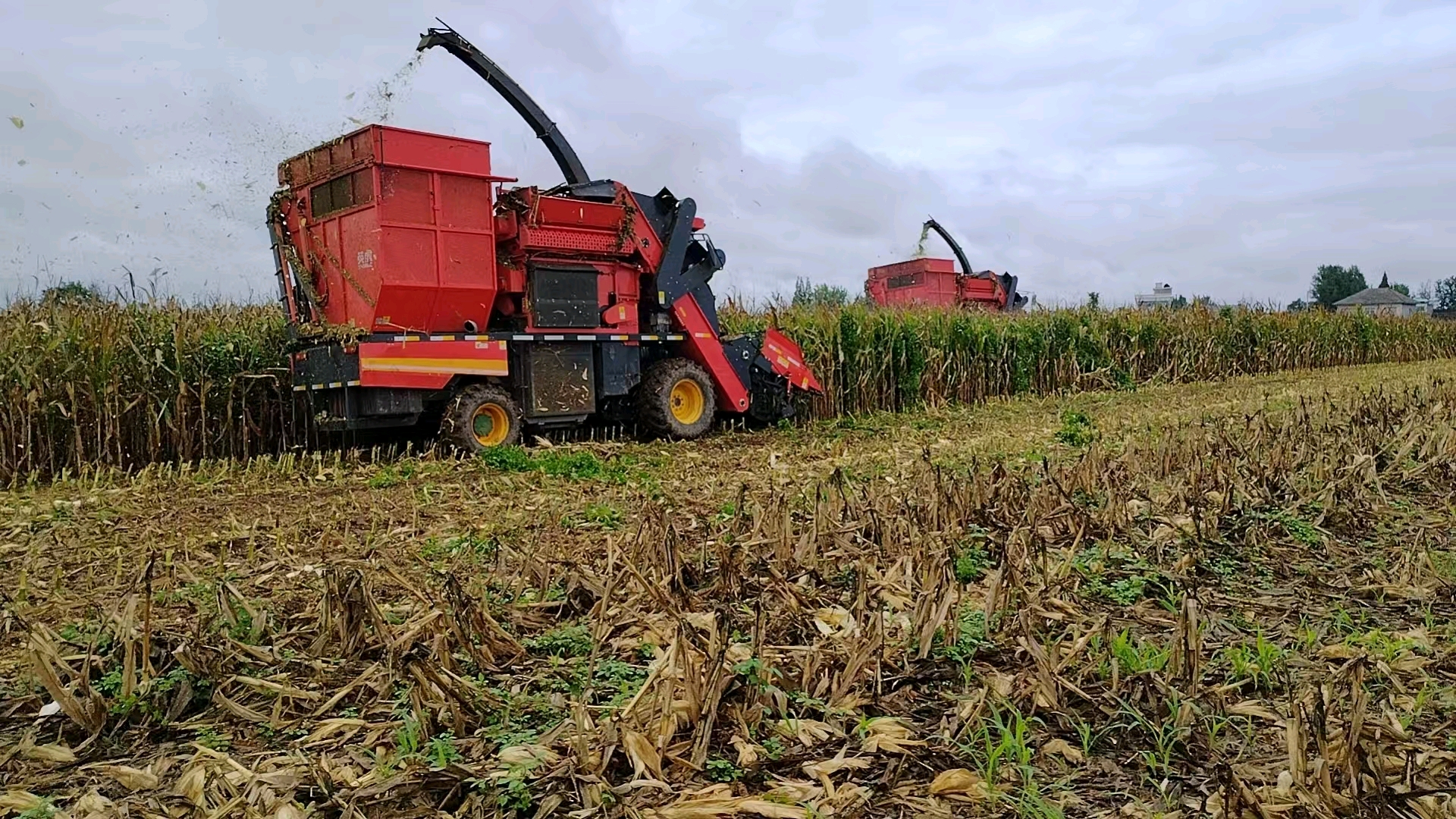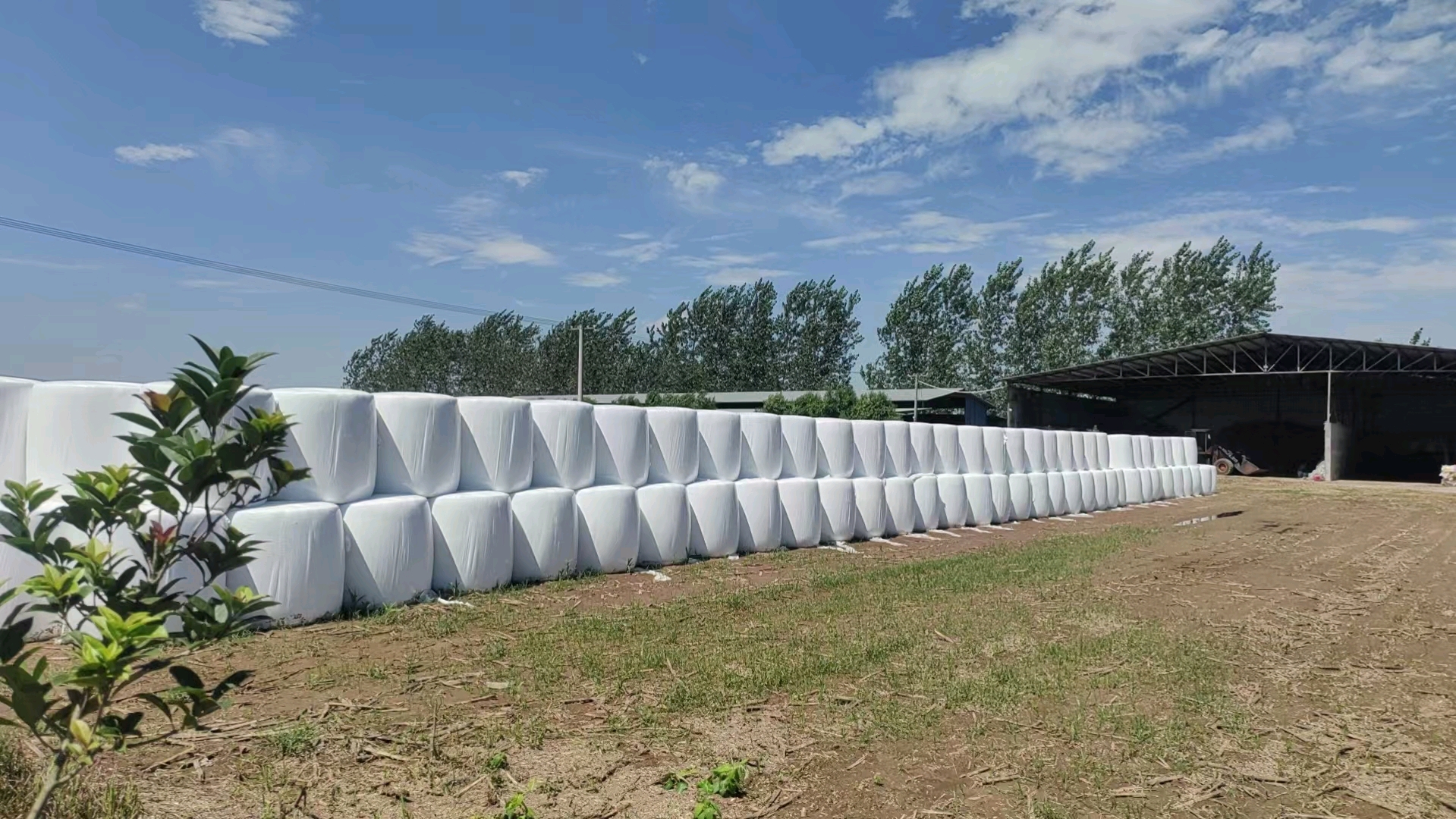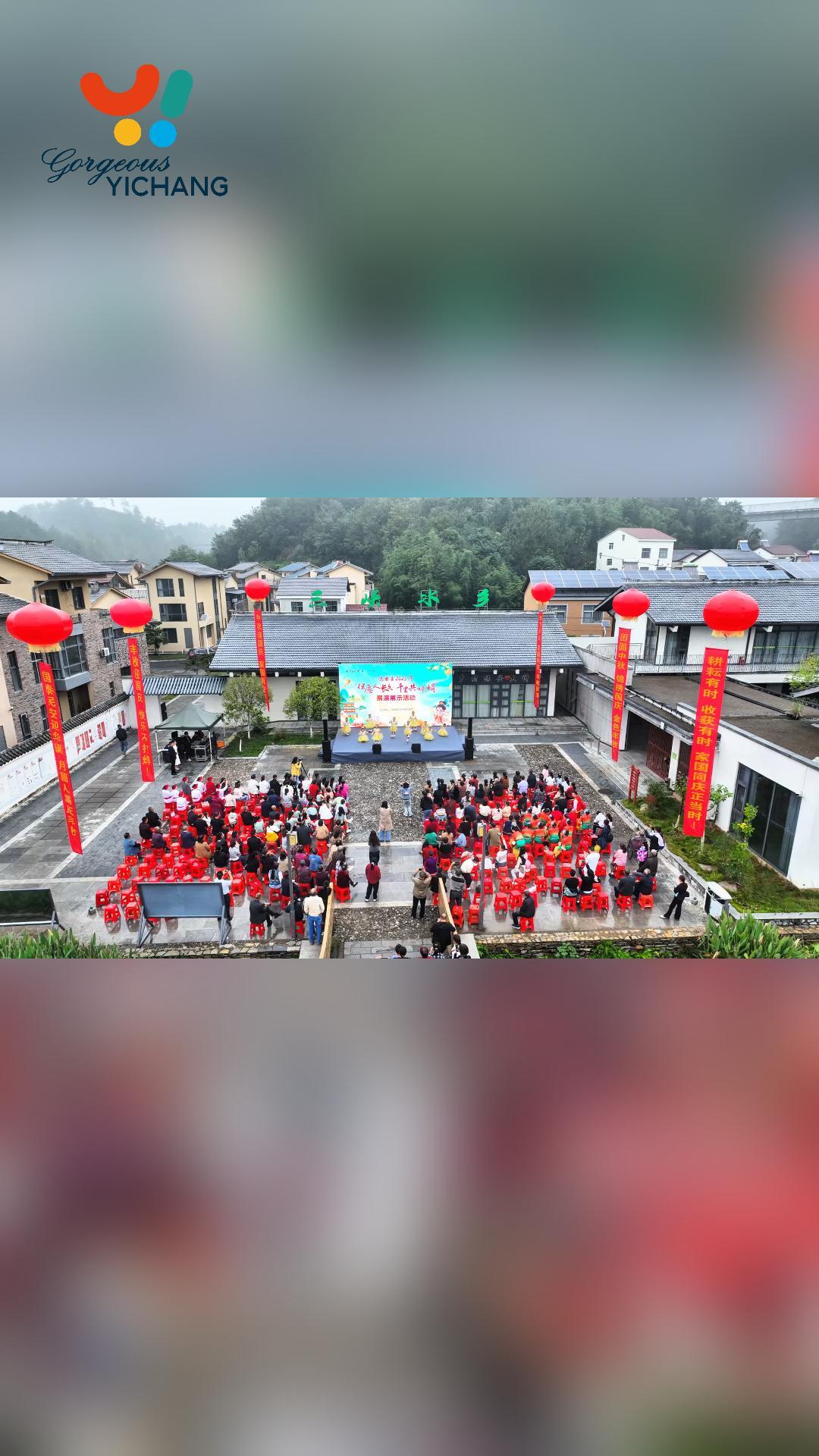Beef cattle breeding changes corn cultivation
2025-09-21 20:09:09
By Chen Si.
Autumn corn in Zhijiang has entered harvest season. Corn cobs and straw are directly crushed by a harvester, with the crushed material used for beef cattle breeding and the surplus straw stored. This process, part of the "Grain-to-Feed" initiative, has created a closed-loop agricultural system.
Promoted by the Ministry of Agriculture and Rural Affairs of China, the initiative encourages planting silage corn as cattle feed. Harvested when 80 percent ripe, both the corn and stalks can be harvested and shredded together by machine. Traders then buy and ferment the feed for use in the winter.
Autumn corn in Zhijiang has entered harvest season. Corn cobs and straw are directly crushed by a harvester, with the crushed material used for beef cattle breeding and the surplus straw stored. This process, part of the "Grain-to-Feed" initiative, has created a closed-loop agricultural system.
Promoted by the Ministry of Agriculture and Rural Affairs of China, the initiative encourages planting silage corn as cattle feed. Harvested when 80 percent ripe, both the corn and stalks can be harvested and shredded together by machine. Traders then buy and ferment the feed for use in the winter.
 Smart harvesters collect and shred whole-plant silage corn.
Smart harvesters collect and shred whole-plant silage corn.Lü Weihua, a local farmer from Sanzhou Village, just sold his autumn shredded corn and stalk feed at 400 yuan (US$56) per ton. Lü’s 20 mu (1.33 hectares) of land generated a total income of 32,000 yuan from his second batch of corn this year.
The intelligent harvester cuts off the stalks at a low height, and the shredded whole-plant feed, which includes both the corn and its stalk, is directly transferred into a feed processing truck, where it is processed and stored into bags of different specifications. The Grain-to-Feed initiative has created a new supporting mechanized harvesting process.
"In the past, I harvested only fully mature corn to feed pigs. The stalks piled up and were only used as firewood. Now, 80 percent ripe silage corn can be shredded, weighed and sold, which reduces labor costs and increases income, since we can harvest twice a year," said Lü.
As of this year, more than 2,800 farmers in Zhijiang have devoted their land to the Grain-to-Feed initiative like Lü. The area for growing silage corn has reached 15,000 mu.
To promote turning crop stalk and straw into animal feed, fertilizer, and energy sources, Zhijiang City, which is part of Yichang, recycles more than 500,000 tons of crop straw annually.
Since 2017, Zhijiang has expanded its beef cattle industry to align with the Grain-to-Feed initiative, replacing the old practice of discarding stalks.
 The standardized airtight packages of whole-plant silage corn feed.
The standardized airtight packages of whole-plant silage corn feed.The sufficient supply of feed for grass-fed animals has also contributed to the strong growth of the local beef cattle breeding industry. Cattle herds have grown from 20,000 in 2021 to over 30,000 by 2025.
Compared with traditional cultivation, this has helped farmers increase their income by 200 million yuan. Threshed rice and wheat straw is also recycled, increasing local farmers' income by another 120 million yuan every year.
In this new closed-loop system, crop cultivation provides feed for livestock breeding, which in turn provides fertilizer for crop cultivation. The surplus feed or manure is used as raw material for fertilizer companies, and crop straw is turned from waste into a valuable resource.
Sheng Jianghu, director of Zhijiang Municipal Agriculture and Rural Affairs Bureau, said that the rapid expansion of land used for the initiative over the past decade is due to supportive policies and strong market demand.
Zhang Mingwen and Gong Xueyi contributed to this story.






